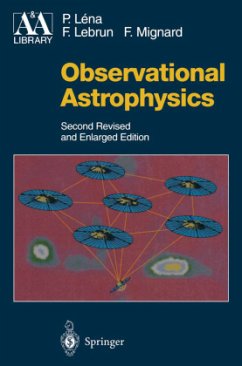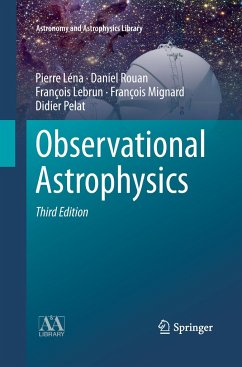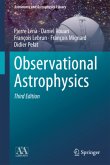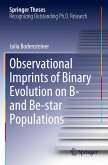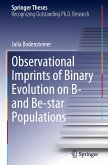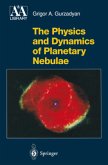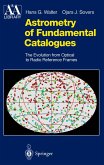Written specifically for physicists and graduate students, this textbook focuses on fundamental and sometimes practical limitations on the ultimate performance that an astronomical system may reach, rather than presenting particular systems in detail. This second edition has been entirely restructured and almost doubled in size, in order to improve its clarity and to account for the great progress achieved in the last 15 years. It deals with ground-based and space-based astronomy and their respective fields. It presents the new generation of giant ground-based telescopes, with the new methods of optical interferometry and adaptive optics. But it also presents the ambitious concepts behind space missions aimed for the next decades. Avoiding particulars, it covers the whole of the electromagnetic spectrum, and touches upon the "new astronomies" becoming possible with gravitational waves and neutrinos.
FROM REVIEWS OF THE FIRST EDITION"Virtually any kind of observation that could be considered astronomical is discussed ... Could be of real value to theoretical astrophysicists who want a concise introduction to the theory of a wide diversity of astronomical techniques (...) This is not a handbook for observers. It is a broader reference for students, active researchers, and anyone who wants a detailed look at the tools of modern astronomy..."PHYSICS TODAY FROM THE REVIEWS: REVIEWS OF ASTRONOMICAL TOOLS"Considering all the new information included, i.e. in the field of neutrino astronomy and the study of gravitational waves, the new edition of this book is really a very useful tool and textbook for physicists, astronomers and graduate students in these fields." SCIENCE MAGAZINE"The descriptions, necessarily somewhat brief, are sufficiently detailed and well illustrated to inform the reader about the internal workings of each detector and what it is good for. Many useful graphs, typically with log scales that span several decades, compare the capabilities of alternative instrumentation...This is not a handbook for observers. It is a broader text and reference work for students, active researchers, or anyone who wants a detailed look at the tools of modern astronomy...this book can inform contemporary observers about the ingenious variety of those remote detectors that feed their terminals with images and spectra of the cosmos."

